Average material composition of home appliances
To produce and supply appliances, the home appliance industry uses various materials, metal and plastics in particular. These materials come mainly from virgin sources but also to some extent from recycled sources.
The average material composition of large home appliances is dominated by steel and stainless steel metals, while plastics are becoming more prominent for small appliances.
While some materials are common to many product types like steel or plastics, others are mainly associated with very specific products and functionalities, e.g. concrete in the counterweight of washing machines; or glass in fridges, washing machines and other kitchen appliances.

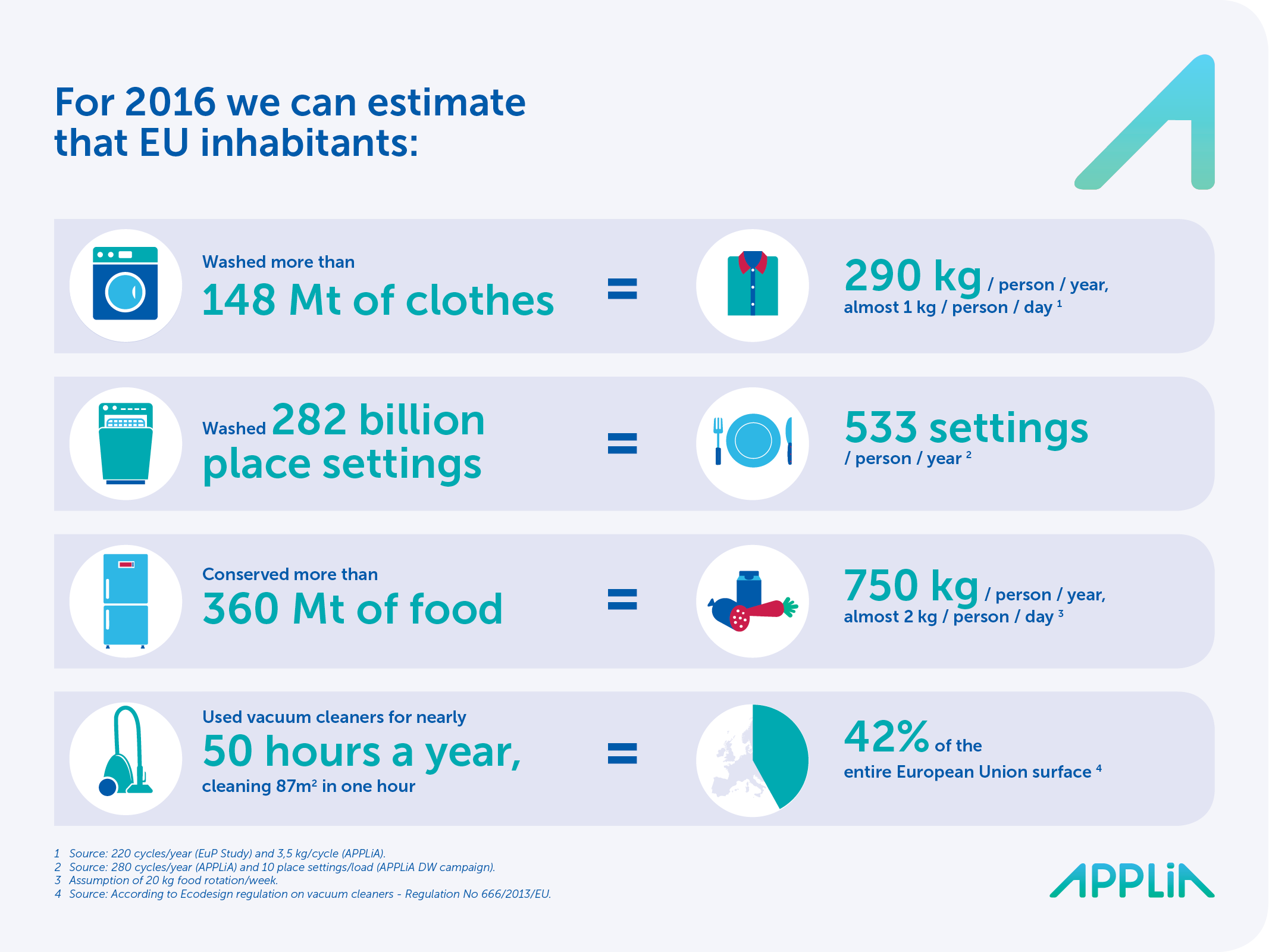
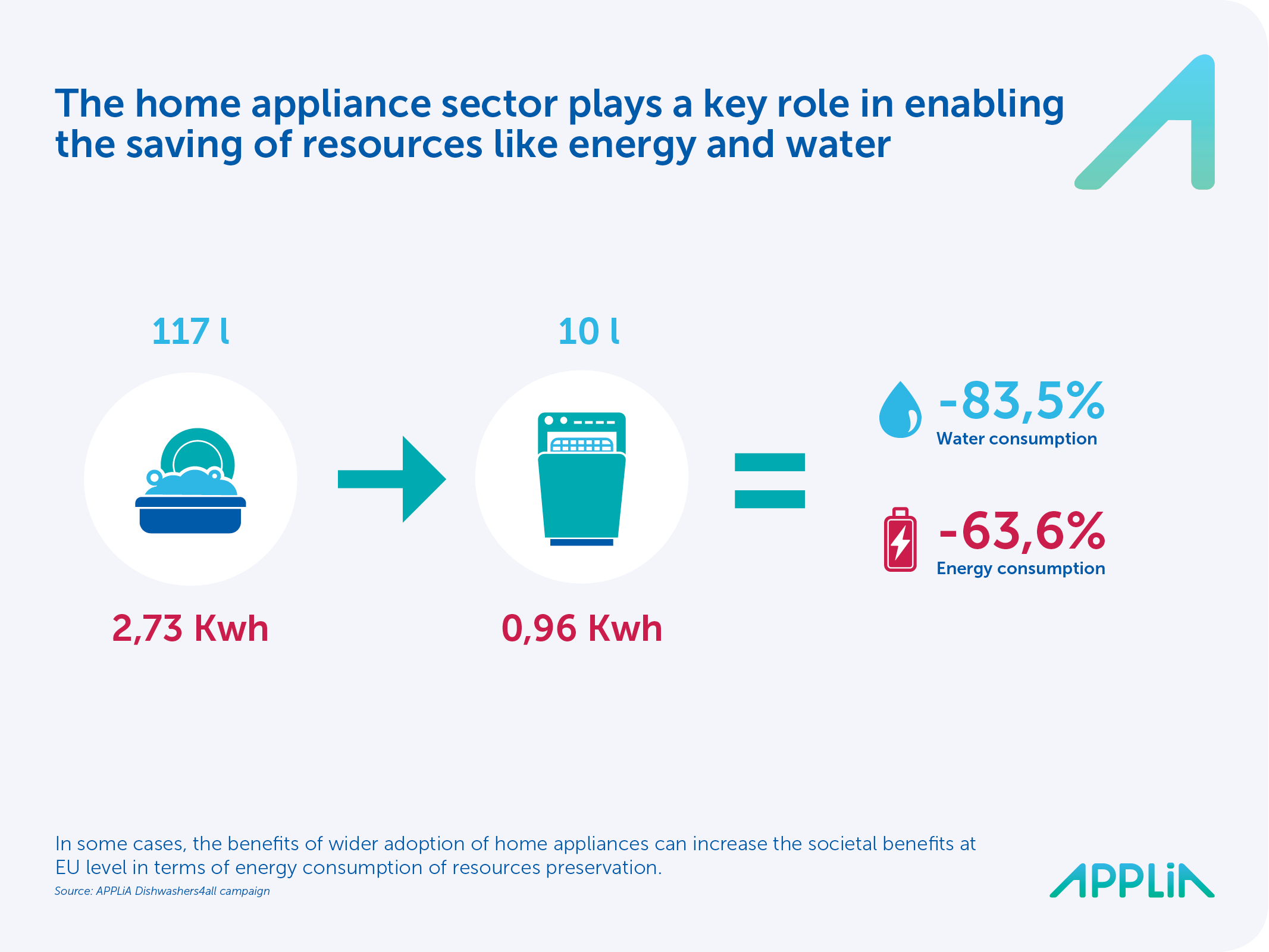
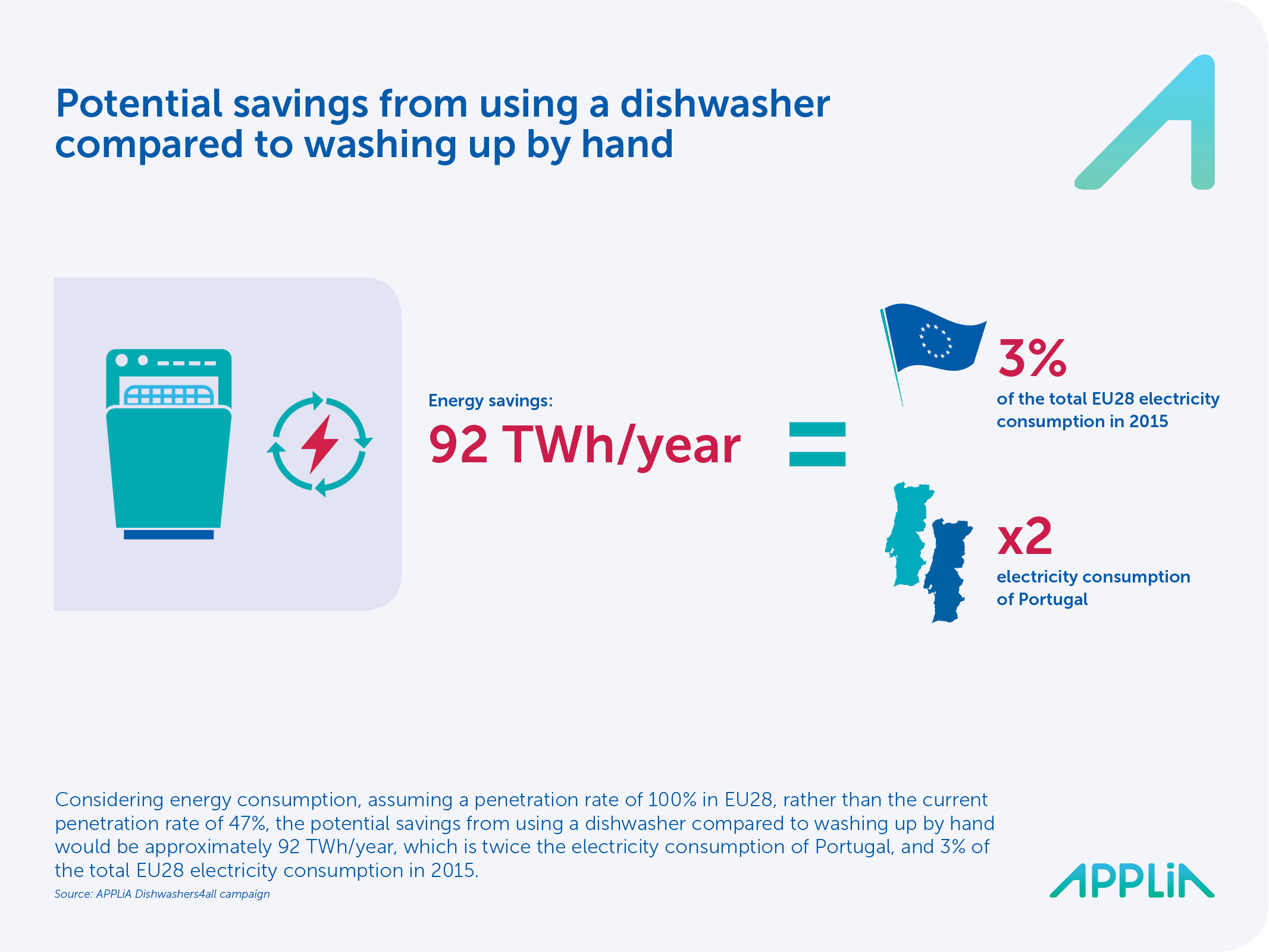
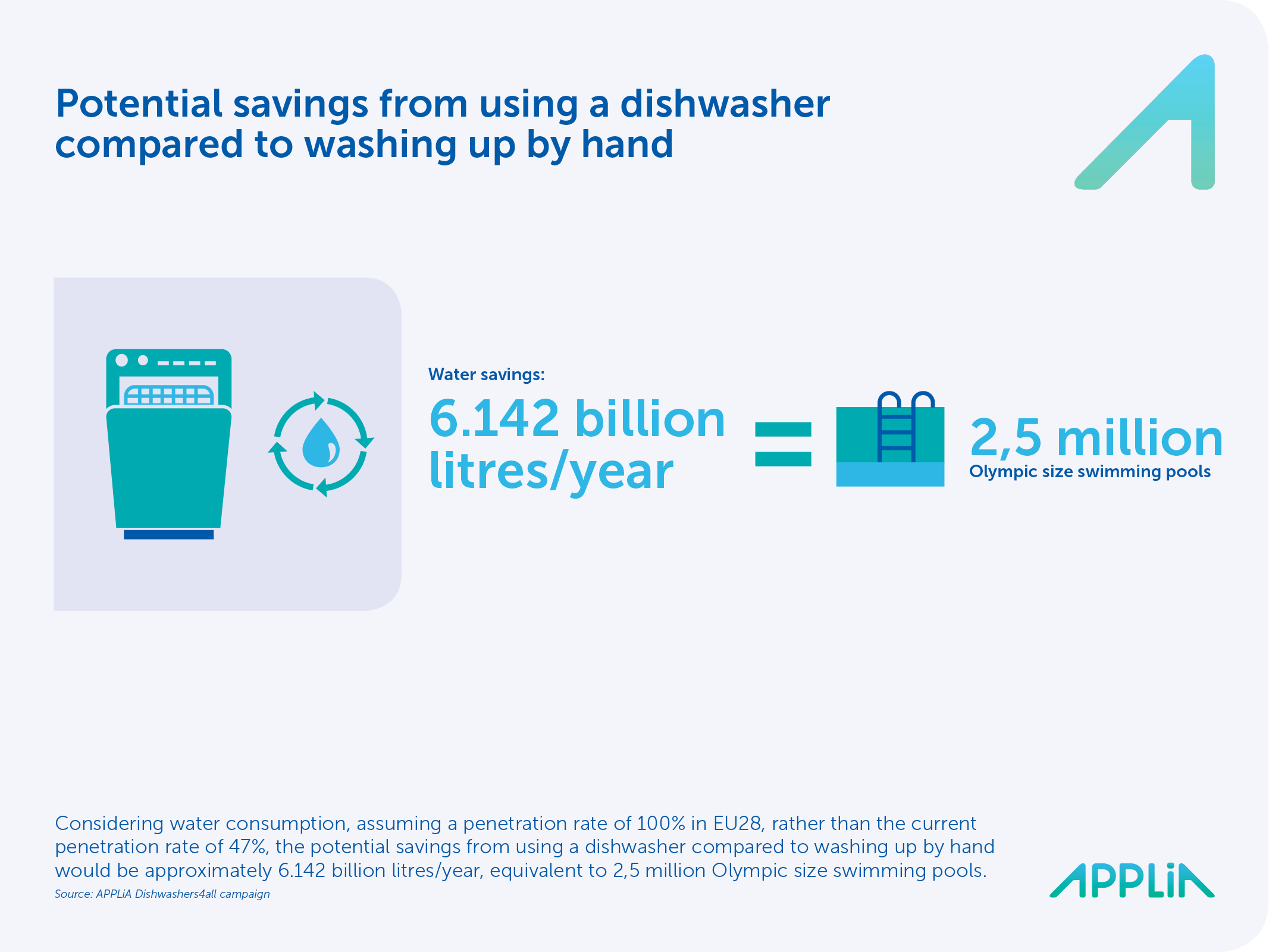
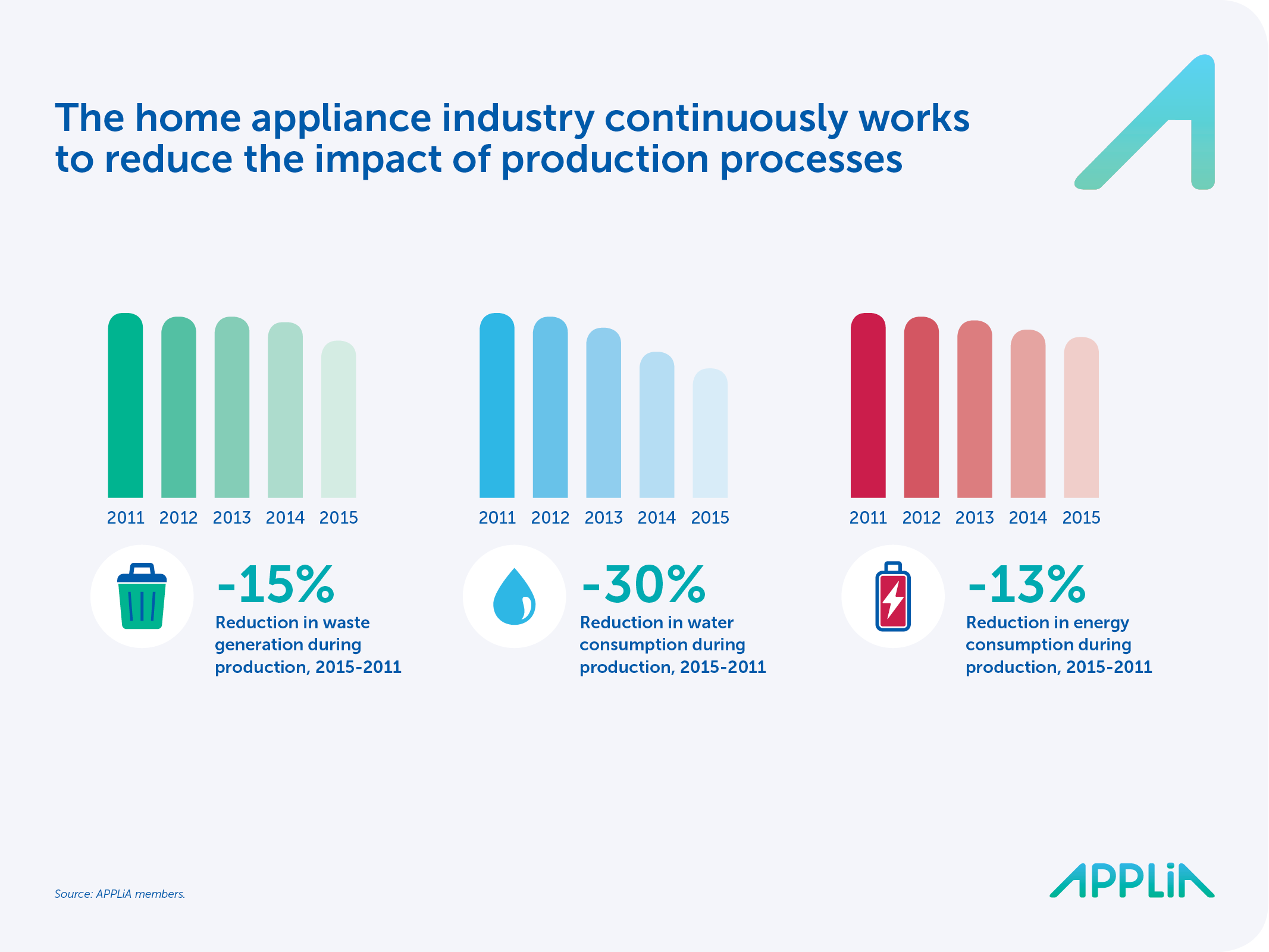
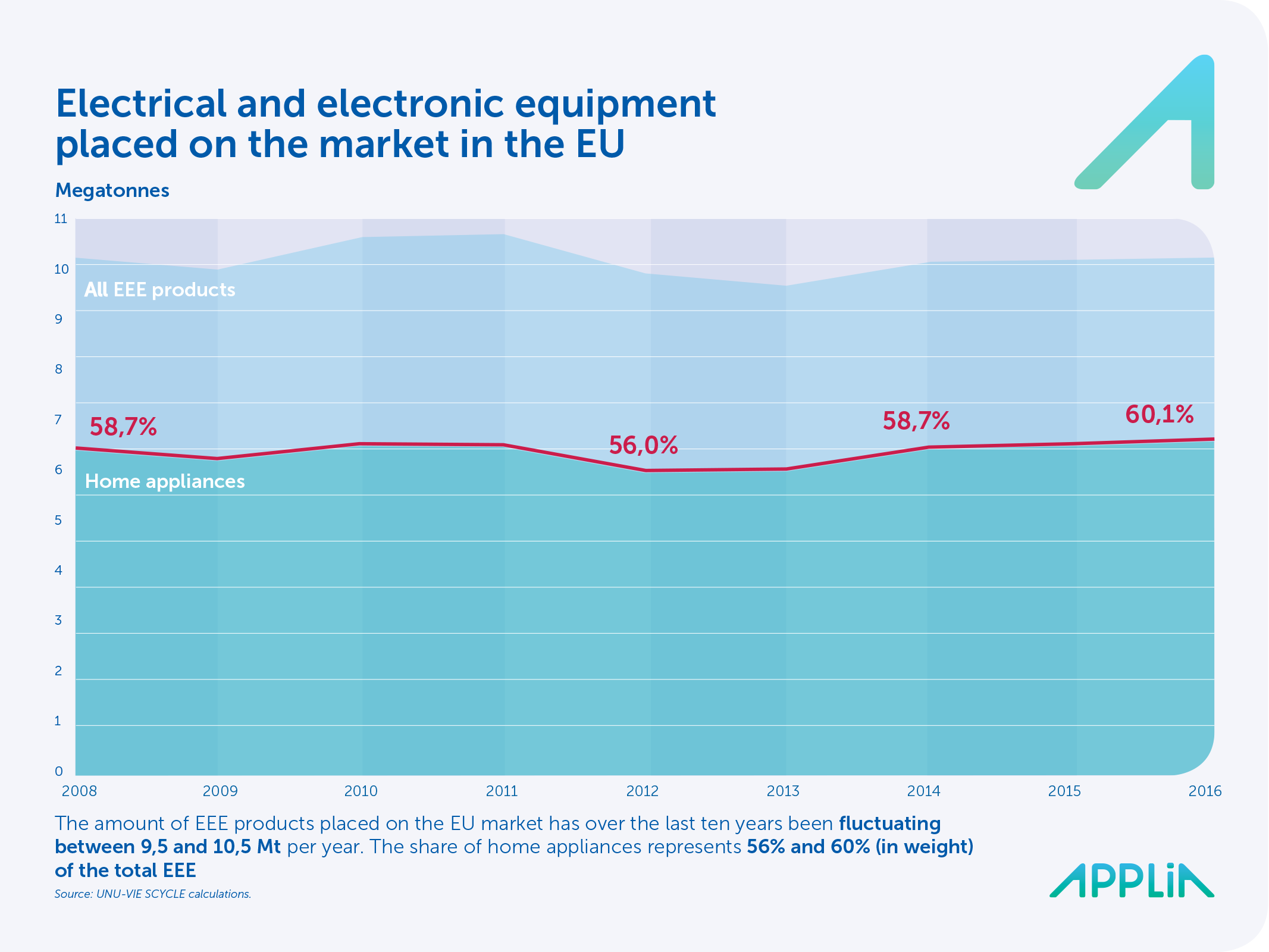
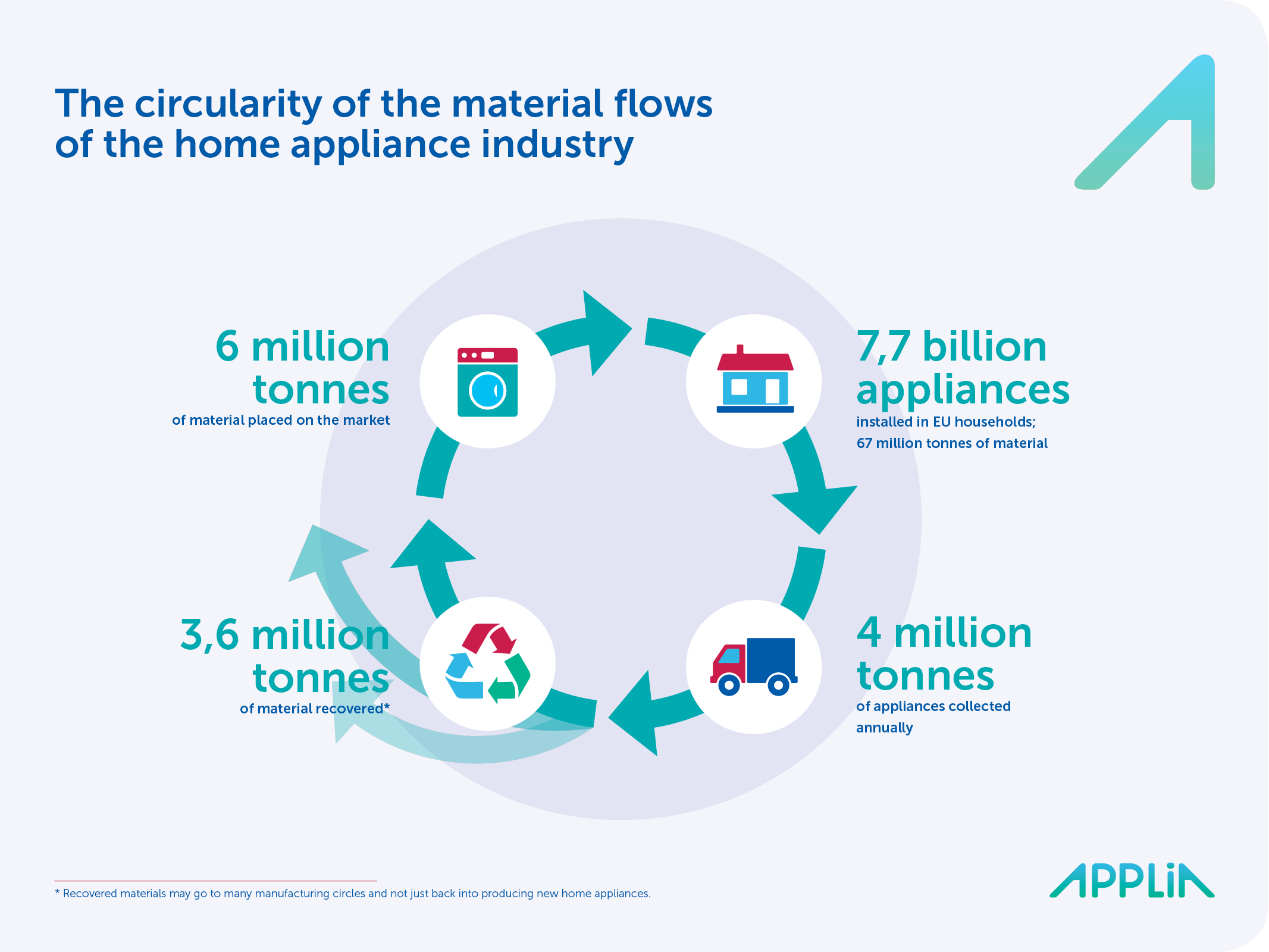
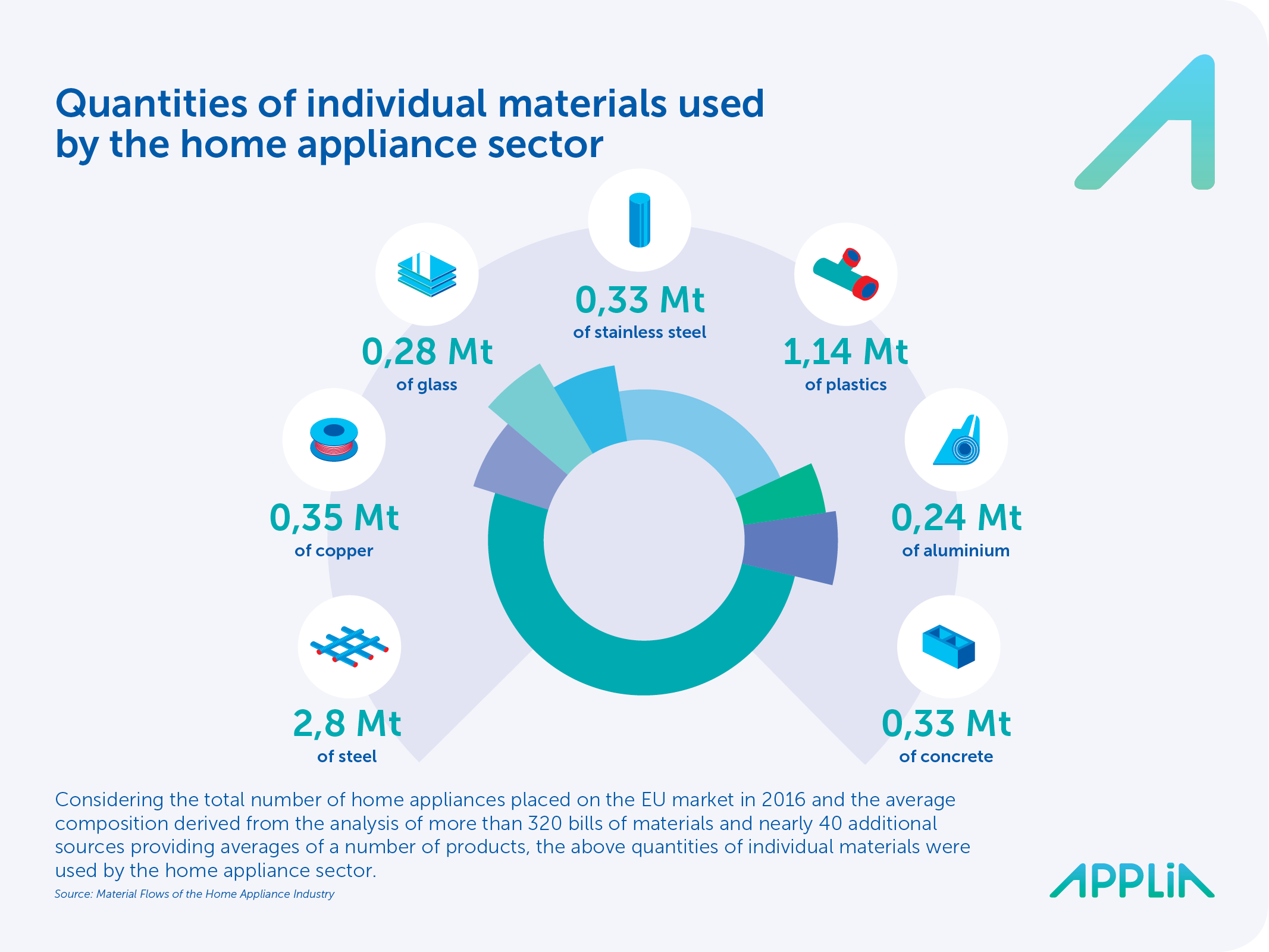

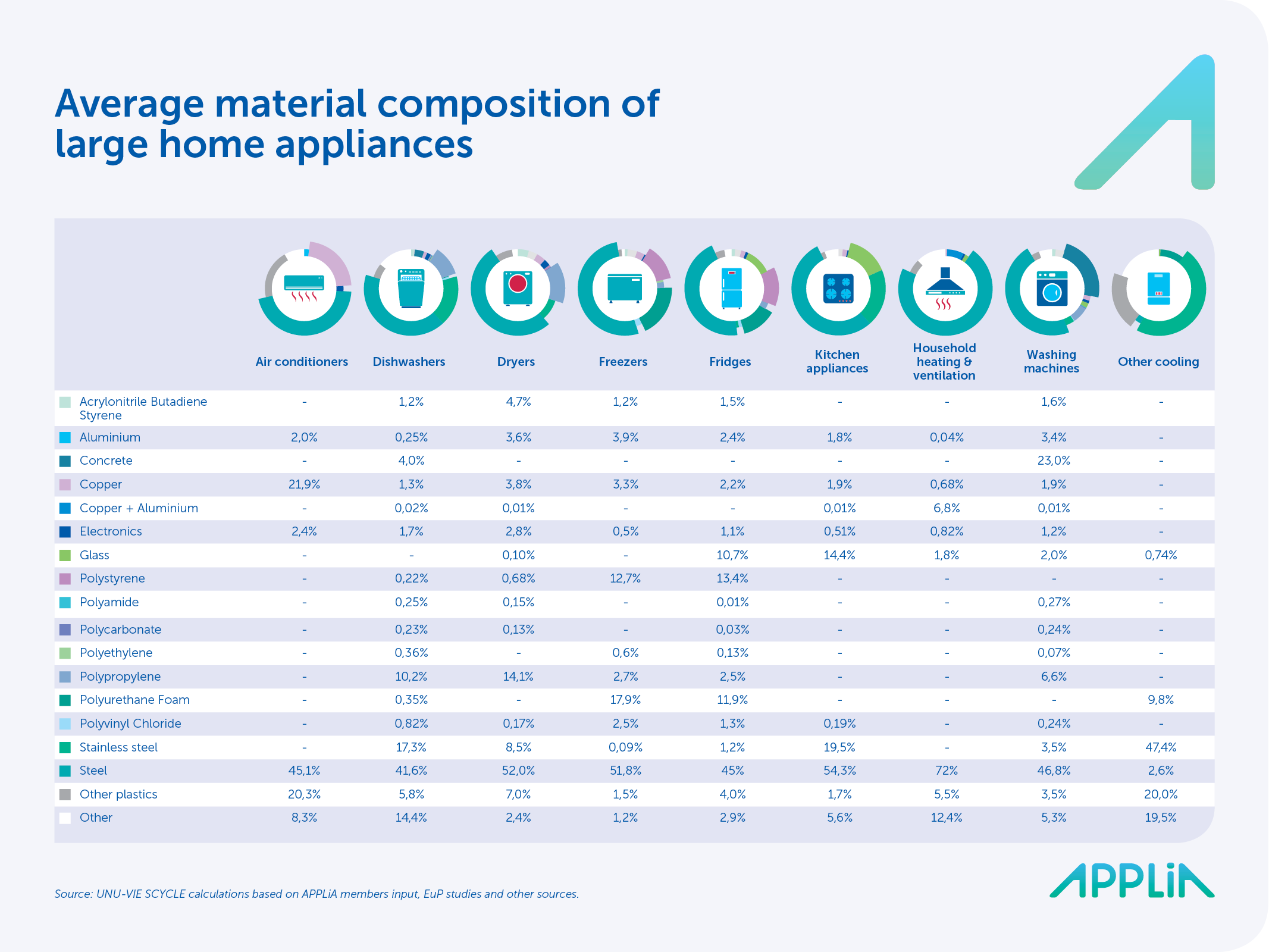


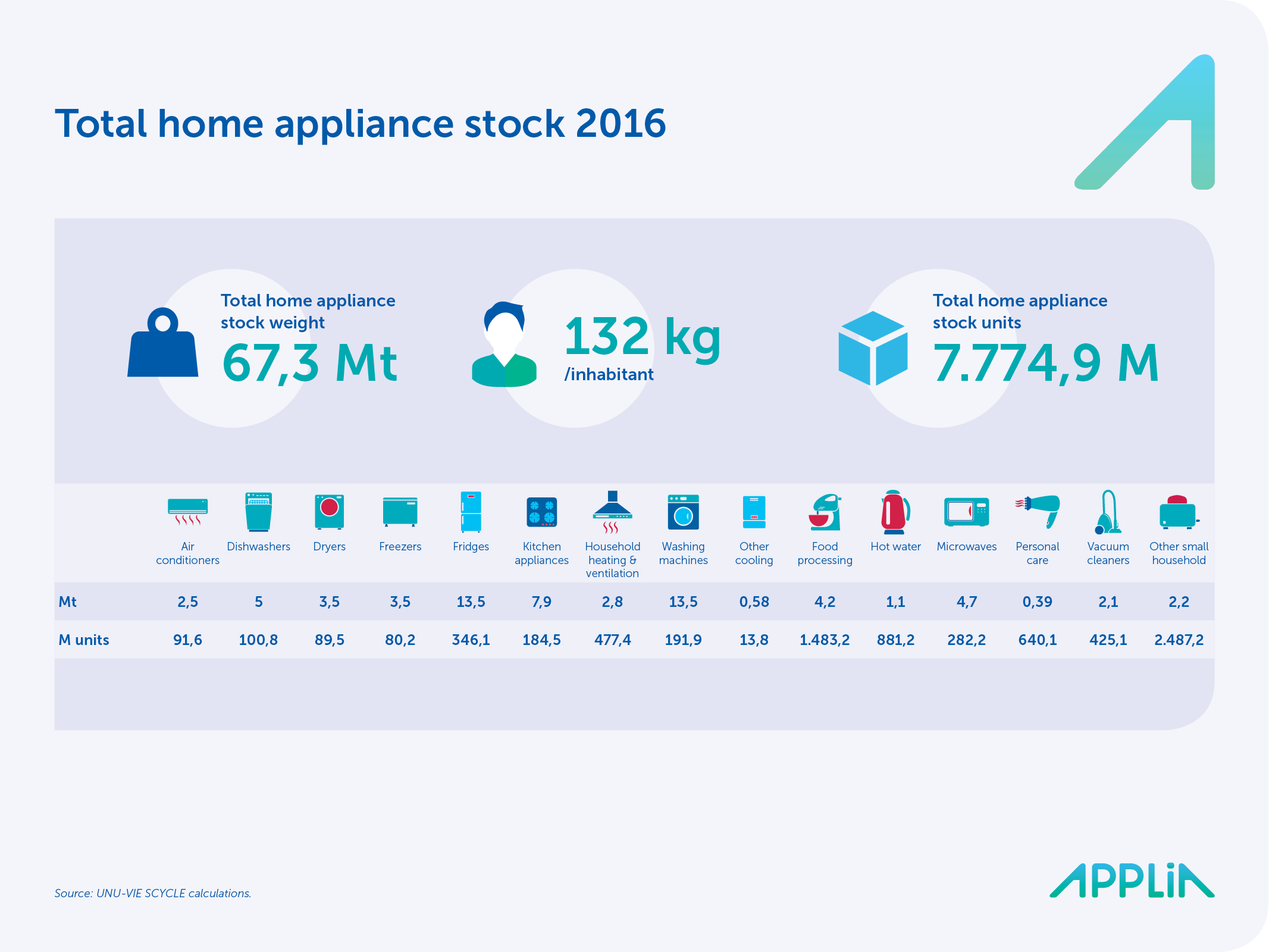
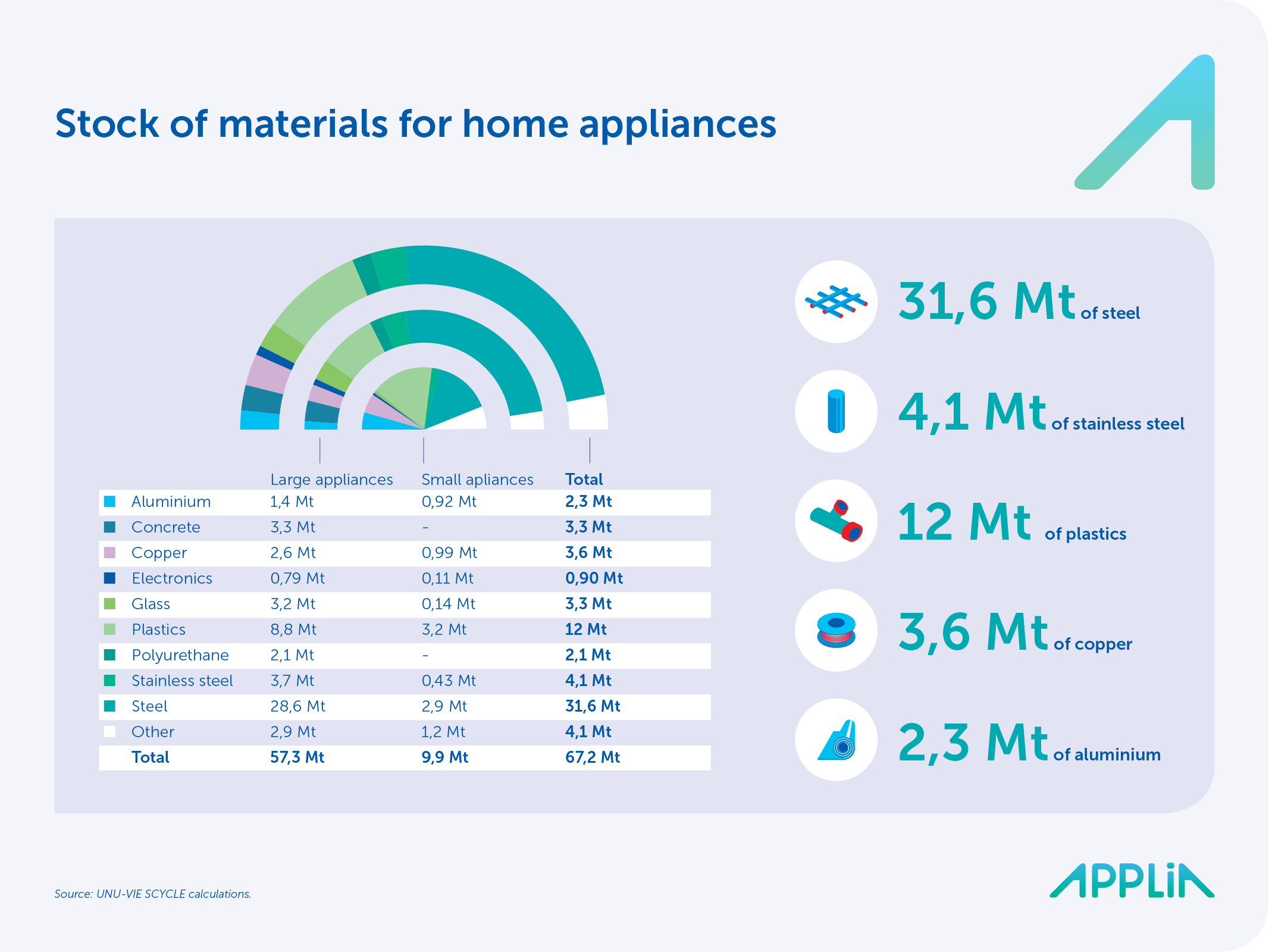
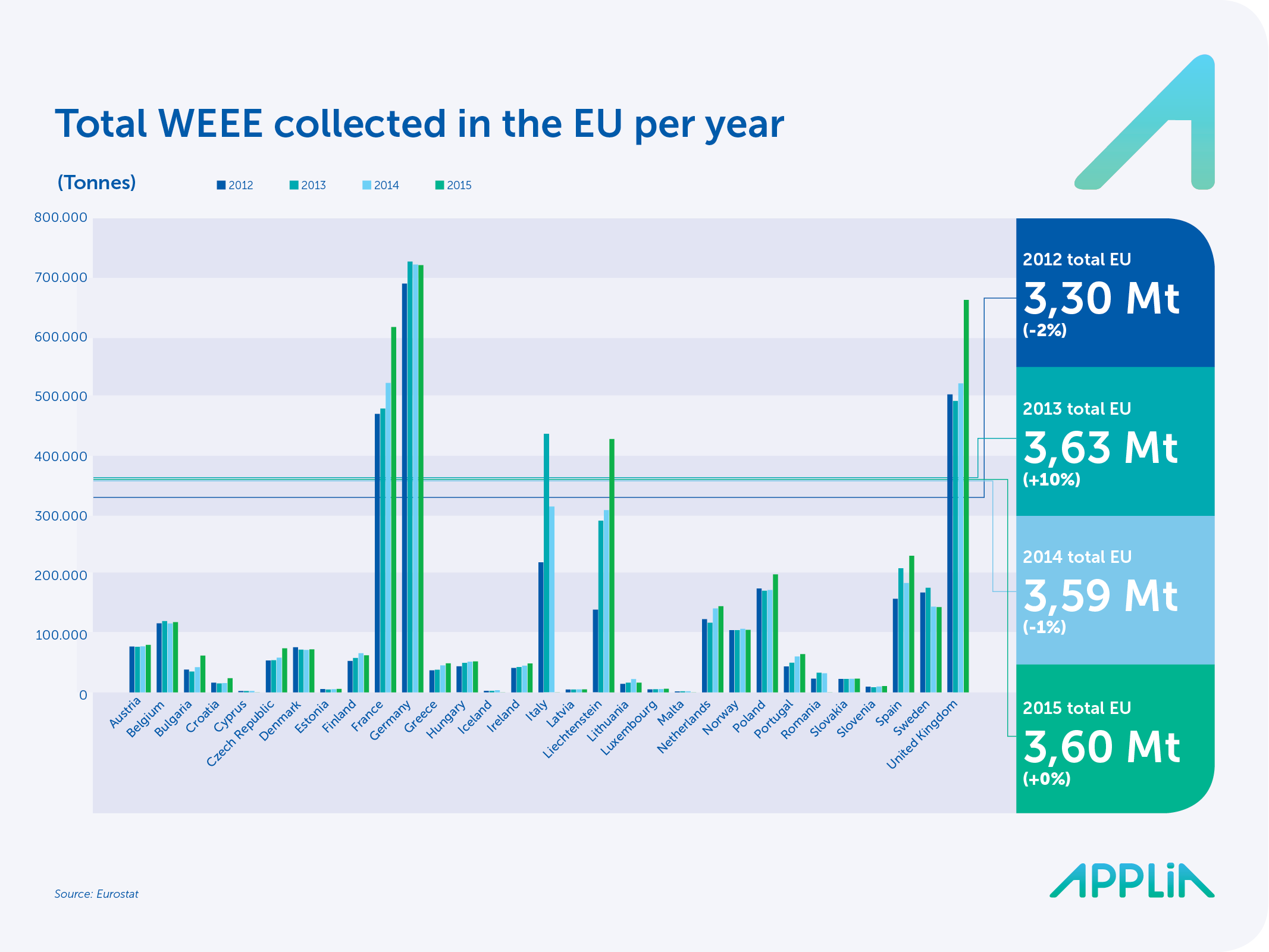
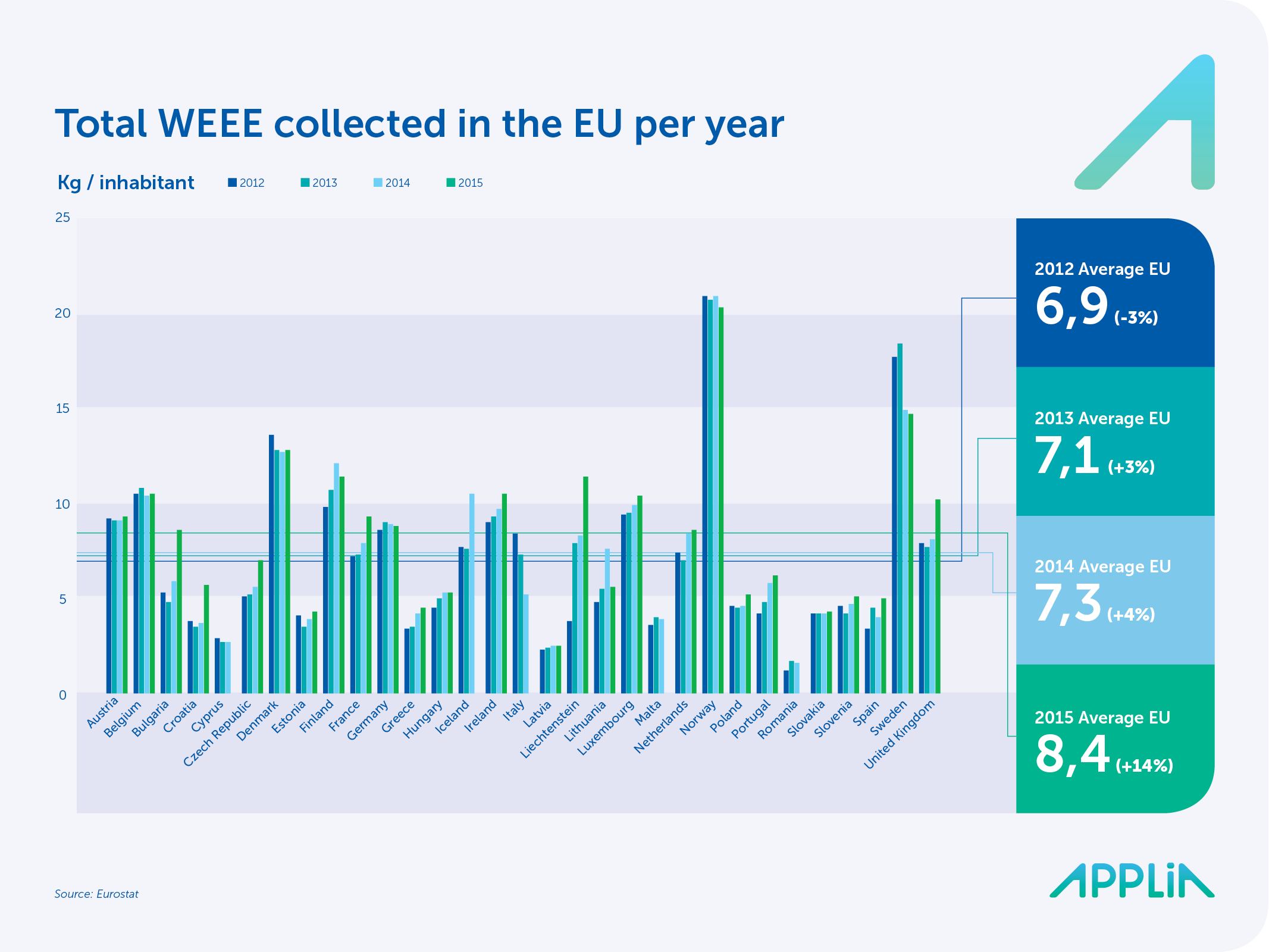
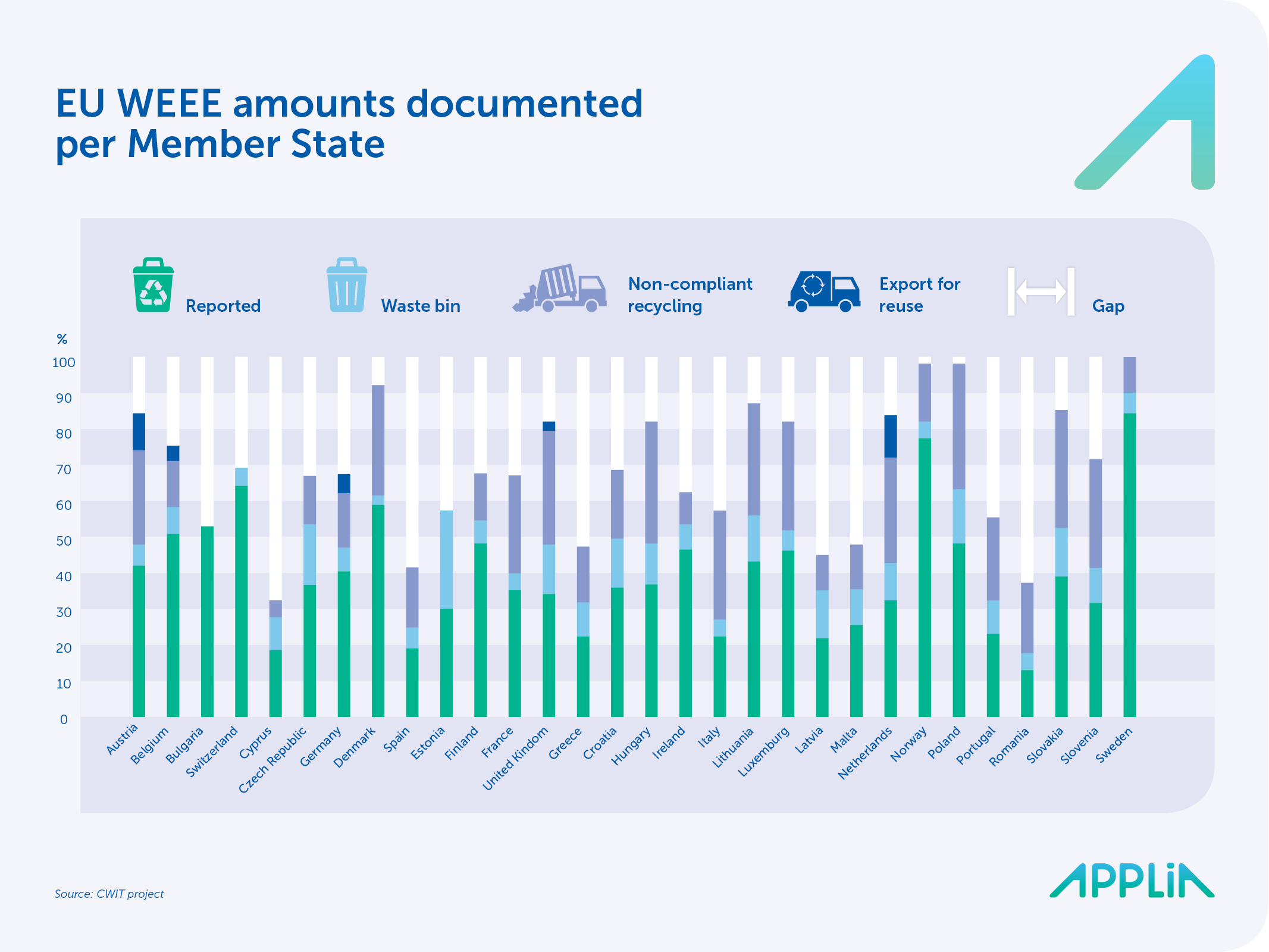
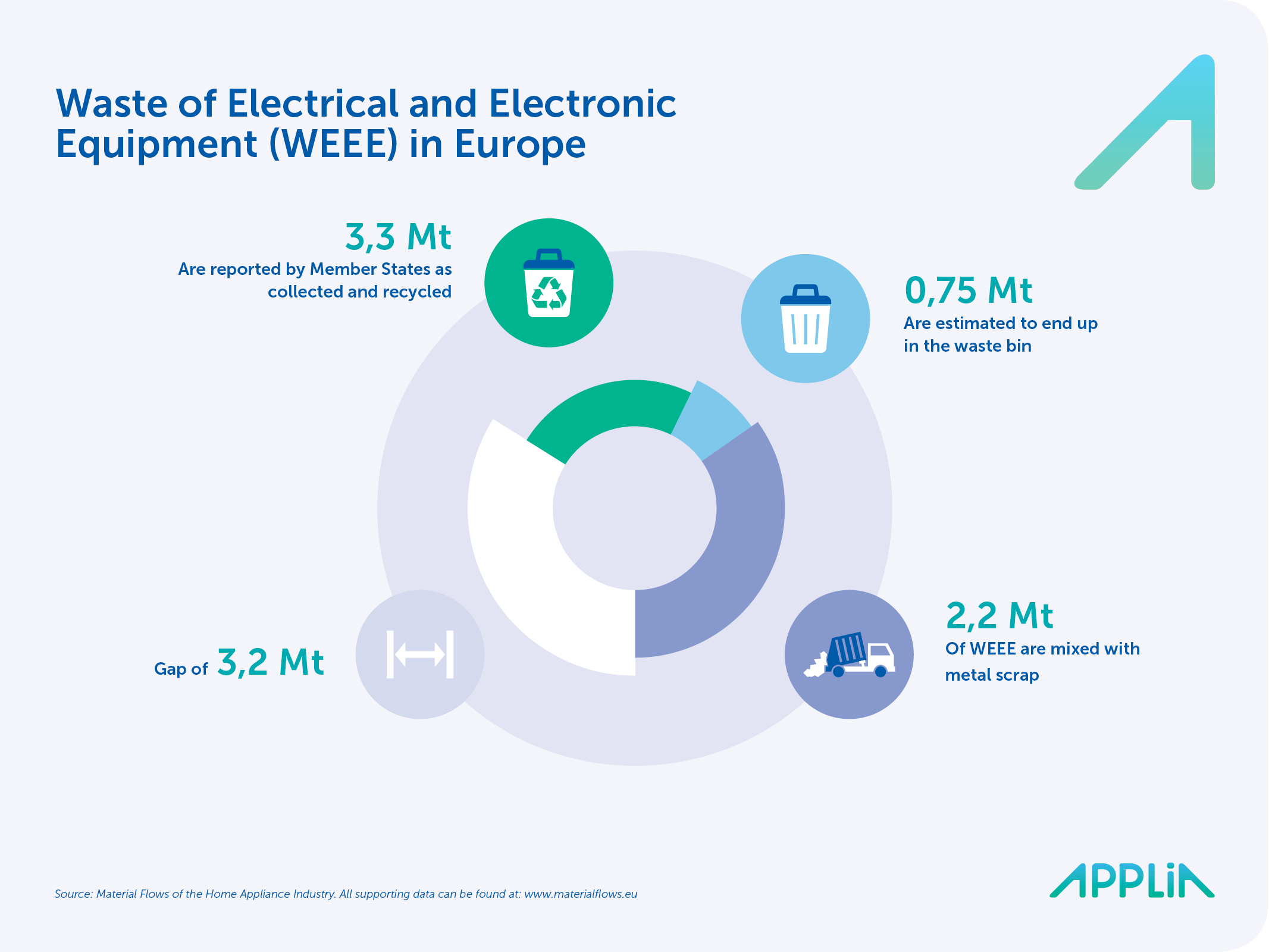
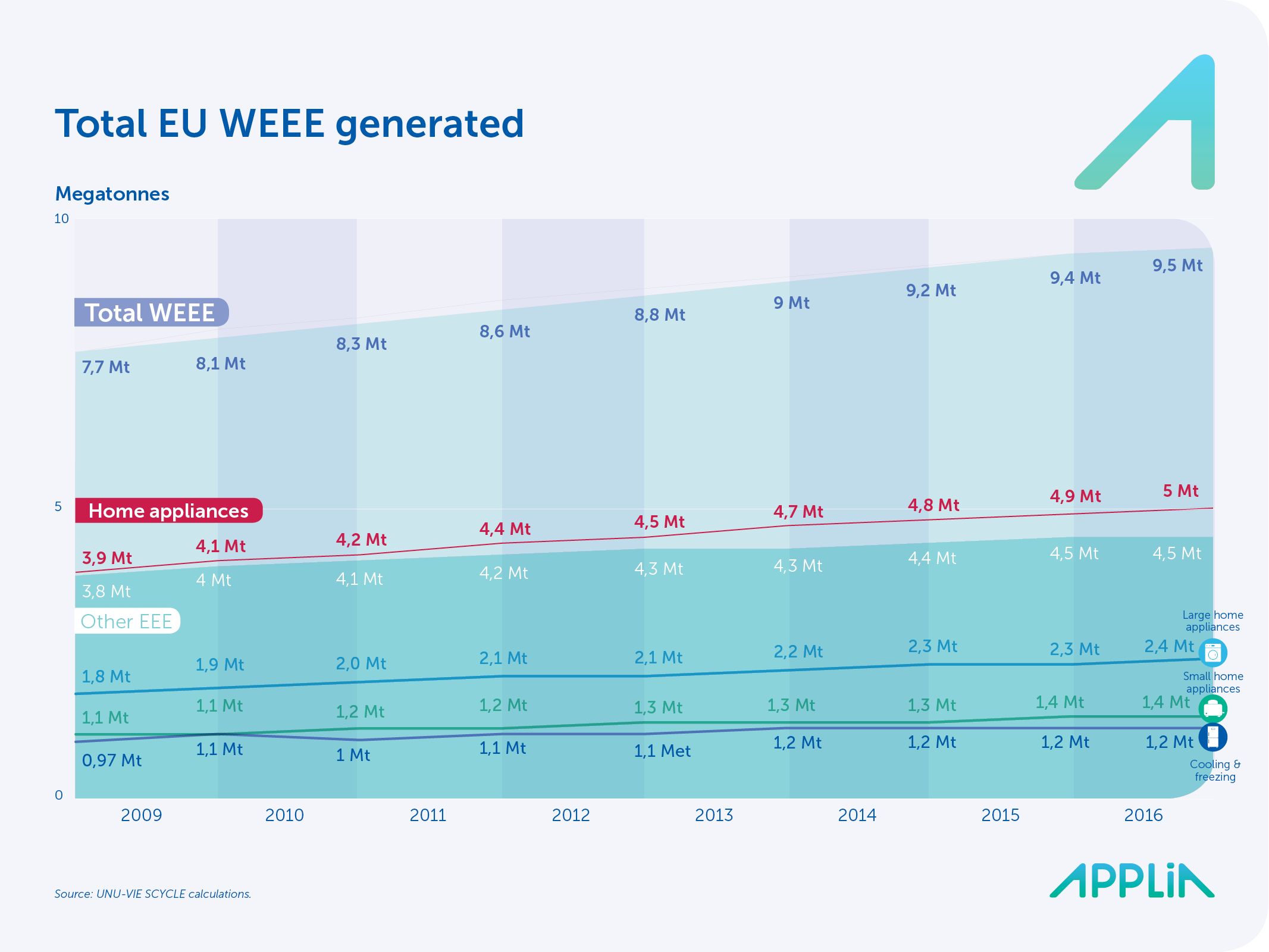
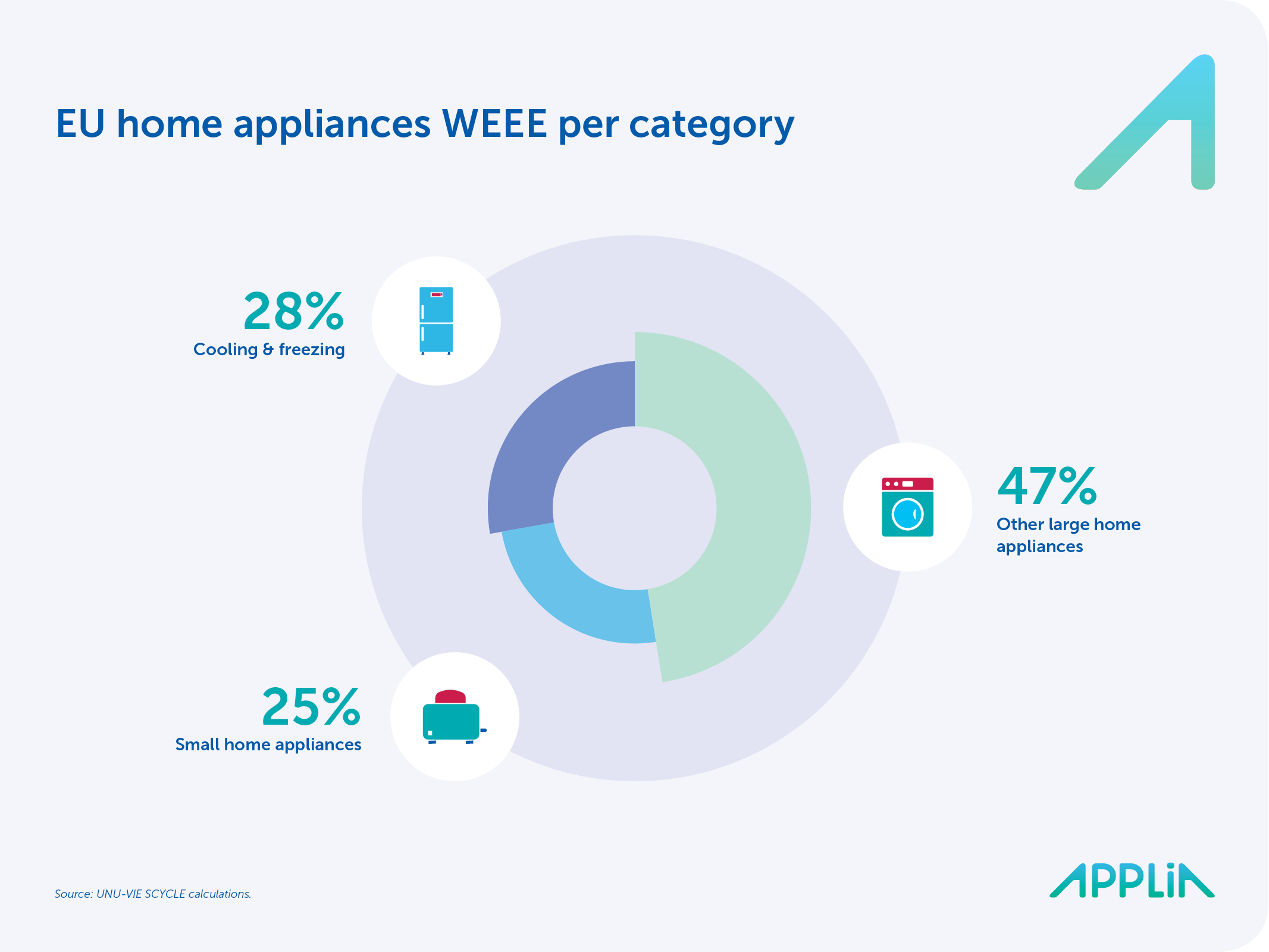
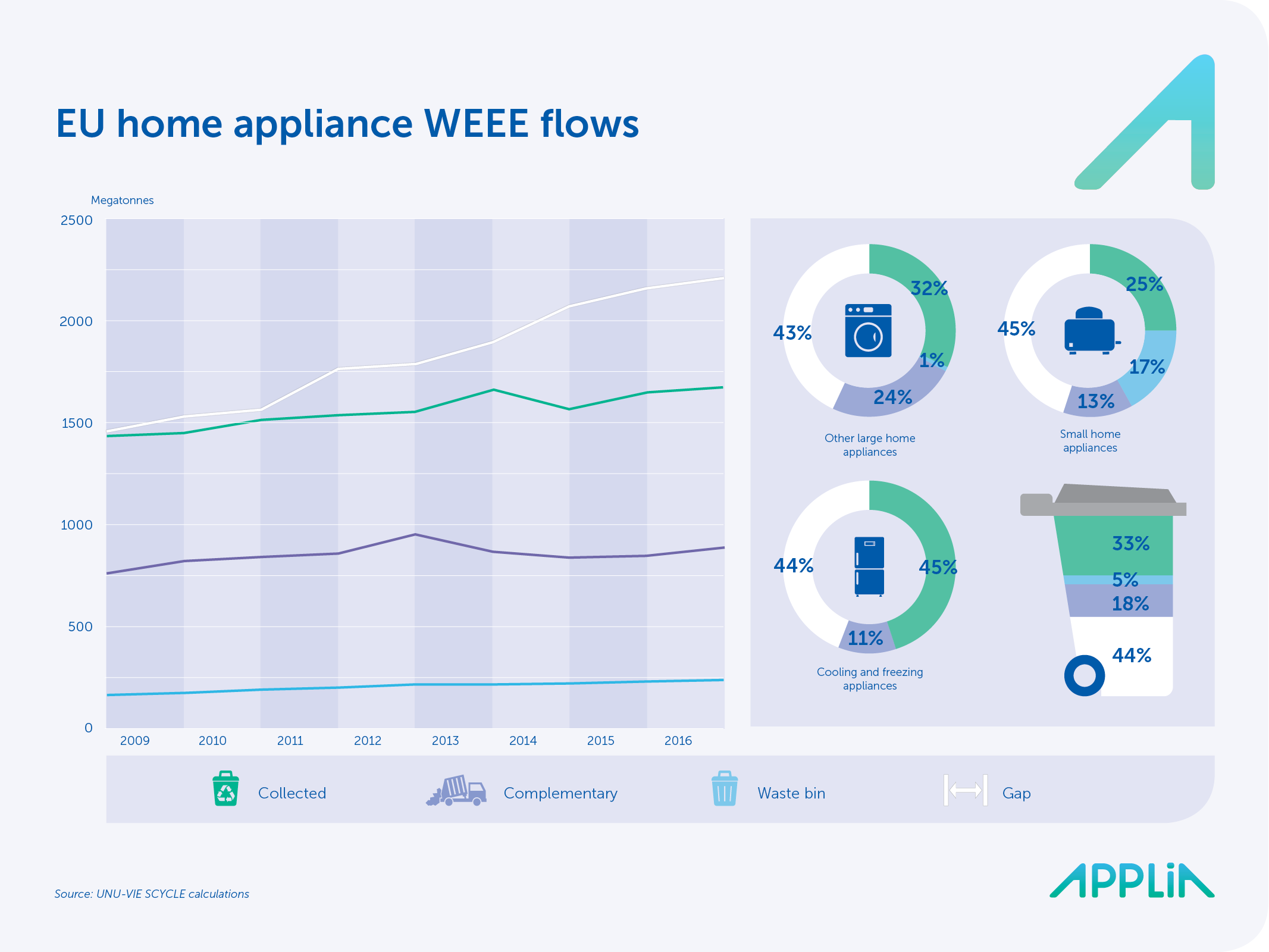
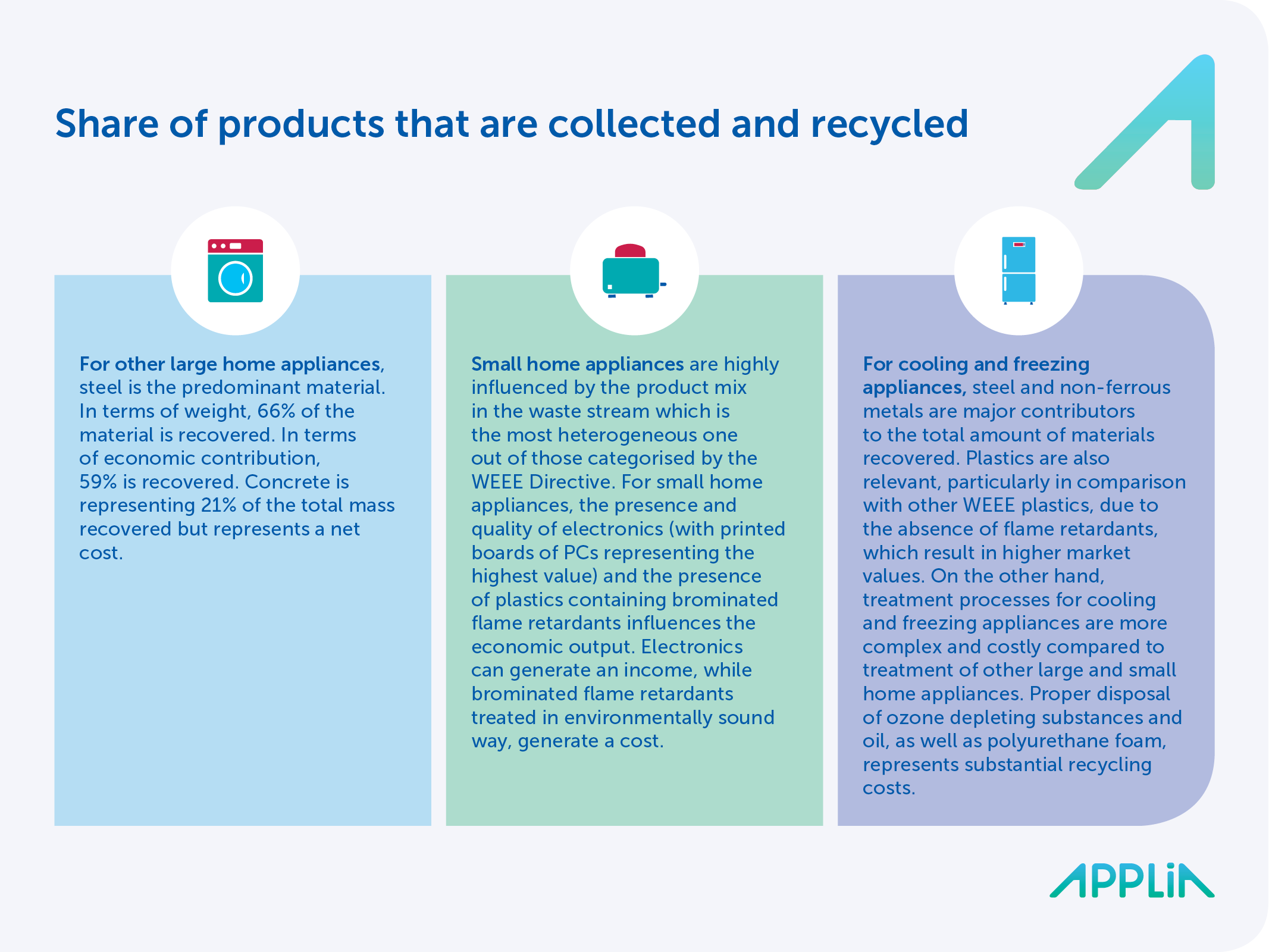
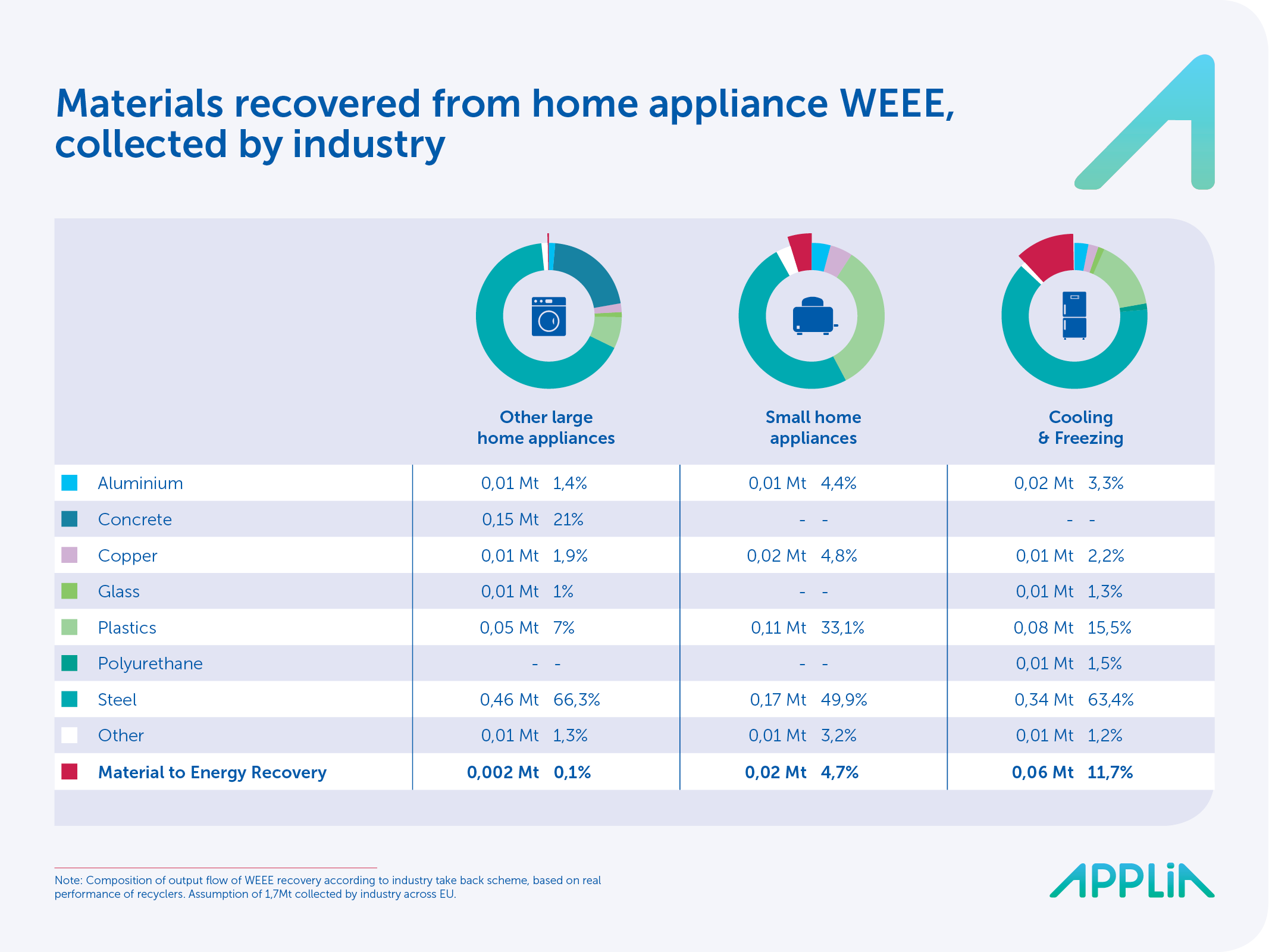
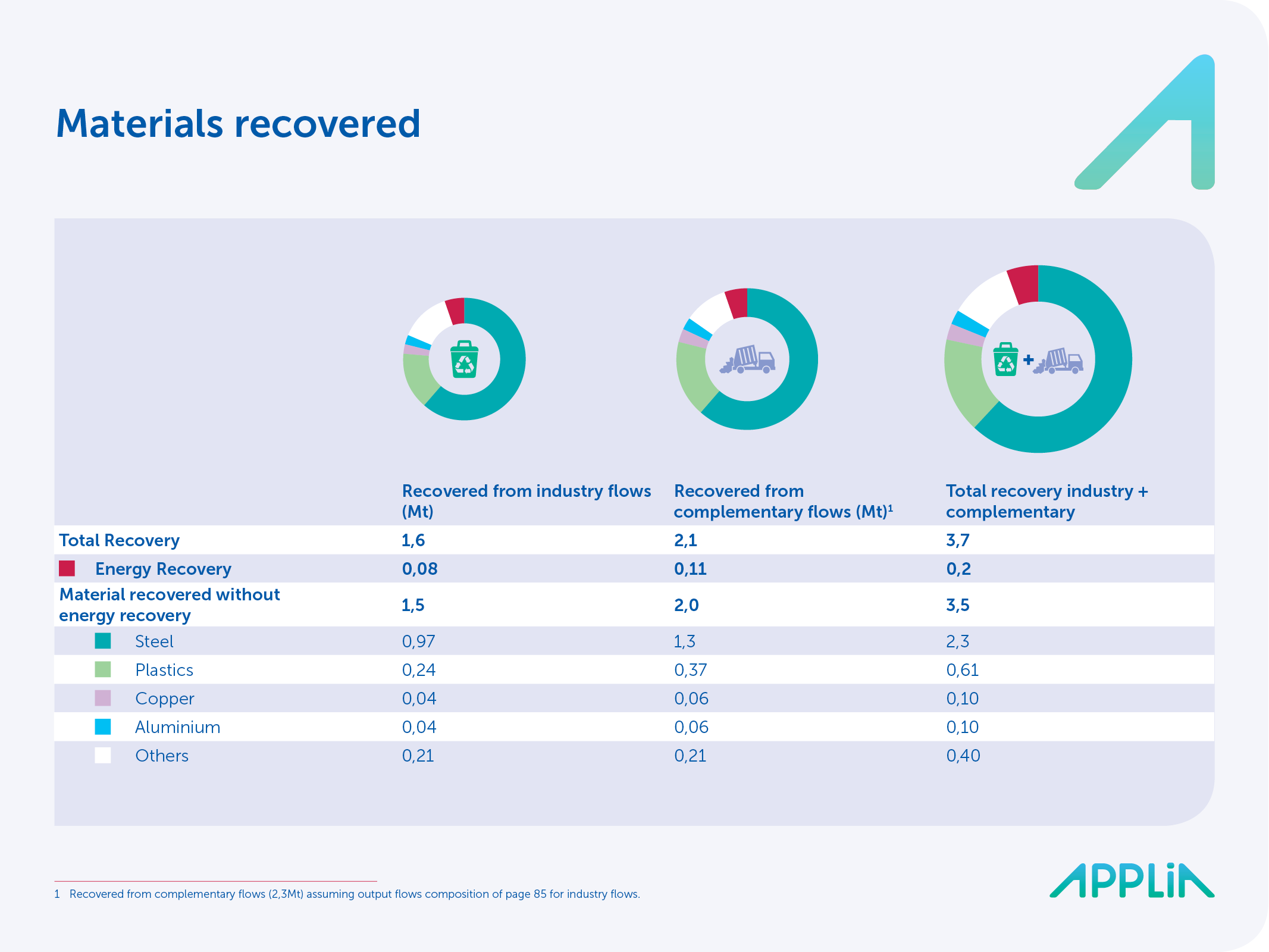

Related topics
Living the Connected Home Accelerating Europe’s GrowthShare